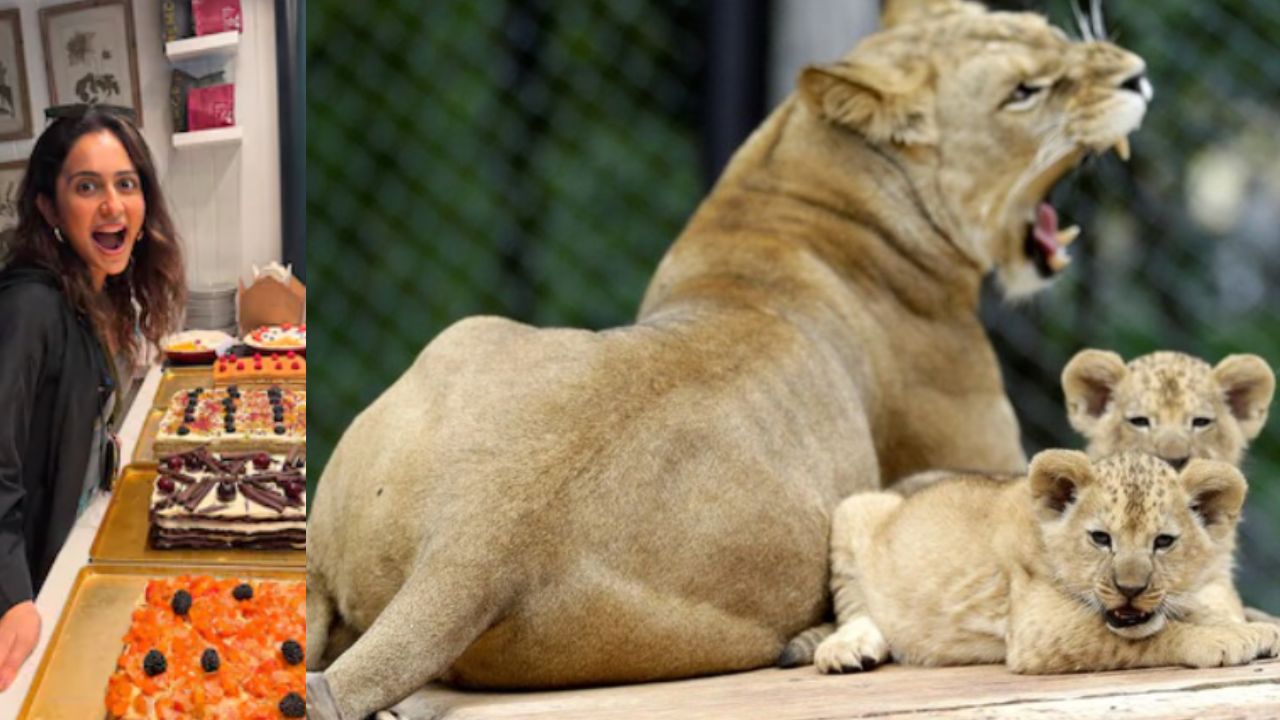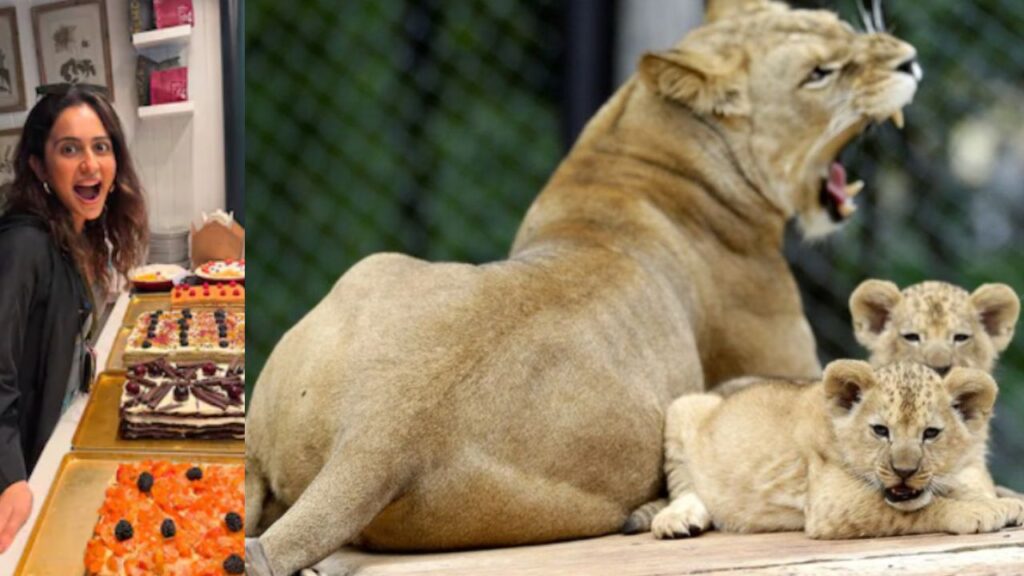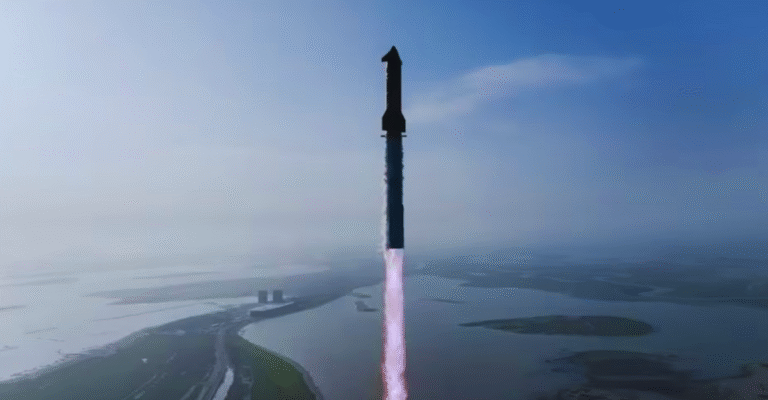
In a landmark event that has stirred excitement in the global conservation community, a Czech zoo has welcomed the birth of rare Barbary lion cubs, breathing new life into a species that has been officially extinct in the wild for decades. The successful birth marks a critical step in preserving the legacy of one of the most iconic lion subspecies in history.
Who Are the Barbary Lions?
Also known as Atlas lions, Barbary lions once roamed the mountains and deserts of North Africa, from Morocco to Egypt. These majestic creatures were renowned for their massive size and distinctive dark manes, often depicted in Roman mosaics and medieval heraldry. Feared and revered, they were even kept as royal pets by Moroccan sultans.
However, due to overhunting, habitat destruction, and human conflict, the Barbary lion was declared extinct in the wild by the 1960s. The last confirmed wild sightings were in the Moroccan Atlas Mountains, after which their presence vanished from natural habitats.
A Breakthrough at the Czech Zoo
The recent birth took place at the Dvur Králové Safari Park in the Czech Republic, a facility known for its commitment to the conservation of endangered species. The zoo proudly announced the arrival of healthy Barbary lion cubs, born to a carefully selected pair from a lineage believed to be genetically close to the original North African lions.
What makes this birth so significant?
- These cubs belong to a lineage traced back to royal menageries in Morocco, thought to have preserved the closest living relatives of the original Barbary lions.
- With proper monitoring and care, the new cubs could one day play a key role in reintroduction efforts or form part of a robust global breeding program.
The zoo’s director hailed the birth as a “milestone in the preservation of a legendary predator”, emphasizing the zoo’s long-standing efforts in managing captive populations responsibly.
A Glimmer of Hope for Conservationists
While Barbary lions can no longer be found roaming the wild landscapes of North Africa, they continue to live in captivity in small numbers across Europe, particularly in select zoos in the UK, France, and the Czech Republic. These programs aim to preserve genetic diversity and eventually build a stable population that could help rewilding discussions in the future.
The birth of new cubs in such a program is more than just a success—it’s a symbol of hope, and a reminder that extinction in the wild doesn’t have to mean extinction forever.
What’s Next for the Cubs?
The cubs are currently being monitored in a specially designed enclosure where zookeepers ensure they receive the warmth, nutrition, and early training they need from their mother. As they grow, they will undergo genetic testing and health assessments to confirm their suitability for breeding or conservation-based relocation.

There is cautious optimism that one day, with the right ecological and political support, Barbary lions could return to protected reserves in North Africa, a vision many conservationists are striving toward.
A Call to Protect What Remains
The story of the Barbary lion is a stark reminder of how quickly human activity can erase entire species from the wild. But it’s also a testament to what dedicated conservation, scientific breeding, and international collaboration can achieve.
As the cubs grow and roar louder in their new home, they carry with them the hopes of wildlife lovers around the globe—that one day, the Barbary lion will reclaim its place, not just in history books, but in the wild landscapes where it once ruled.






